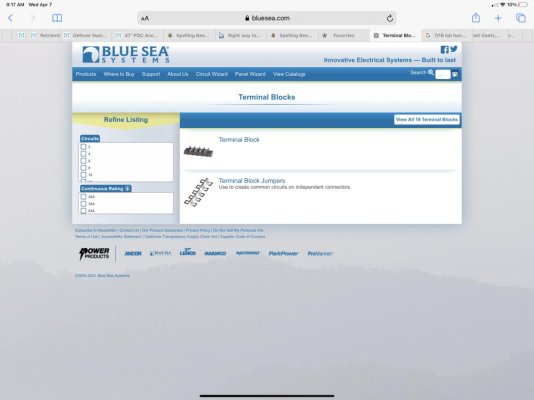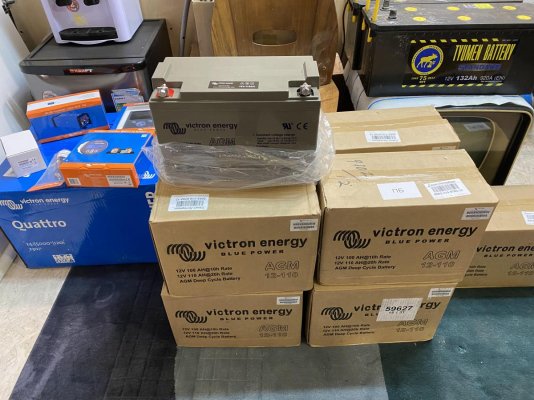TheAtomicDog
Senior Member
- Joined
- Oct 30, 2020
- Messages
- 157
- Vessel Name
- Salty Seagull
- Vessel Make
- SSP Type 211
Hey guys,
I am rewiring my boat from scratch. I have 4 DC lights in the forward cabin and 2 AC lights. This is about 5-6 meters from the panels. Assuming I run 1 wire from the panel for DC and one for AC into the main cabin, what is the right way to split them for the individual lights?
Thanks!
I am rewiring my boat from scratch. I have 4 DC lights in the forward cabin and 2 AC lights. This is about 5-6 meters from the panels. Assuming I run 1 wire from the panel for DC and one for AC into the main cabin, what is the right way to split them for the individual lights?
Thanks!



